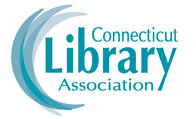Connecticut Students to Compete in National History Day Nationals in Maryland
/Each year nearly 3,000 students and their parents and teachers from across the country gather at the University of Maryland - College Park for annual week-long finals of the National History Day competition. This year, 63 Connecticut students will be among them when the competition unfolds this week.
After selecting a histori cal topic that relates to an annual theme, students conduct extensive research using libraries, archives, museums, and oral history interviews. Students analyze and interpret their findings, draw conclusions about their topic's significance in history, and create final projects that demonstrate their work.
cal topic that relates to an annual theme, students conduct extensive research using libraries, archives, museums, and oral history interviews. Students analyze and interpret their findings, draw conclusions about their topic's significance in history, and create final projects that demonstrate their work.
National History Day is not a predetermined by-the-book program but an innovative curriculum framework in which students learn history by selecting topics of interest and launching into a year-long research project. NHD is a meaningful way for students to study historical issues, ideas, people and events by engaging in historical research.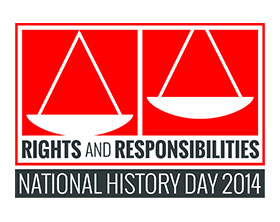
Following what organizers described as “tremendous participation” at this year's six regional district contests across Connecticut with over 4,000 students participating, and a culminating statewide competition at Central Connecticut State University in April, students in senior and junior divisions will be taking part in the 2014 Kenneth E. Behring National History Day Contest to be held June 15 – 19 in Maryland. (See list of 2014 State Contest Winners.)
Organizers also credited “an immense amount of support from sponsors, volunteer judges, staff and Connecticut legislators. The theme this year is Rights and Responsibilities.
History Day in Connecticut is a program for students in grades 6-12 that encourages exploration of local, state, national, and world histor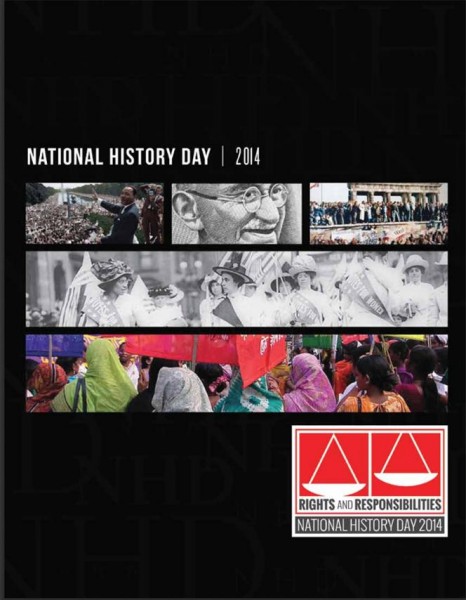 y. Participating students come from all over the United States, Guam, American Samoa, Department of Defense Schools in Europe, and affiliates in China, Korea, and Jakarta.
y. Participating students come from all over the United States, Guam, American Samoa, Department of Defense Schools in Europe, and affiliates in China, Korea, and Jakarta.
More information about History Day in Connecticut, and the national competition, is posted at www.historydayct.org. In addition, WFSB-TV recently interviewed a Connecticut competitor. The national event at the University of Maryla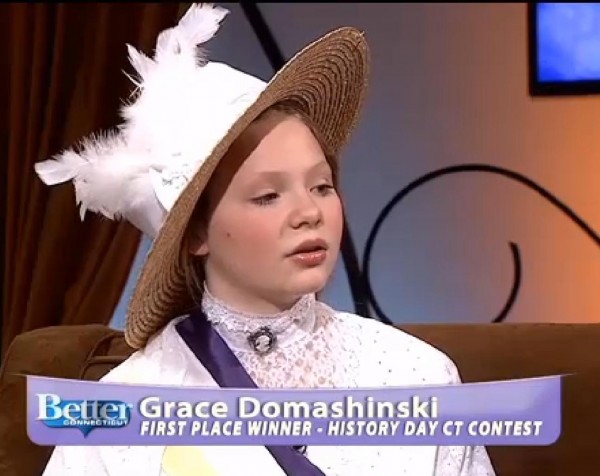 nd will be live streamed.
nd will be live streamed.
History Day in Connecticut is led by Connecticut's Old State House, with support from the Connecticut Historical Society, the Connecticut League of History Organizations and Connecticut Humanities' ConnecticutHistory.org website. Major funding is provided by Connecticut Humanities.



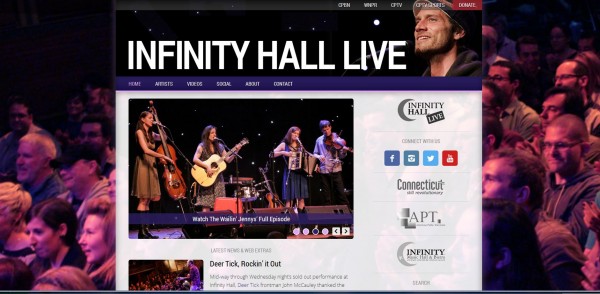
 That aspect will be front and center on Saturday, June 7, when the Connecticut Technology Council sponsors the annual Girls of Innovation program in Hartford, geared specifically to middle school age girls, entering grades 7 and 8, “to experience science and its challenges in a fun, interactive way,” according to program organizers.
That aspect will be front and center on Saturday, June 7, when the Connecticut Technology Council sponsors the annual Girls of Innovation program in Hartford, geared specifically to middle school age girls, entering grades 7 and 8, “to experience science and its challenges in a fun, interactive way,” according to program organizers.
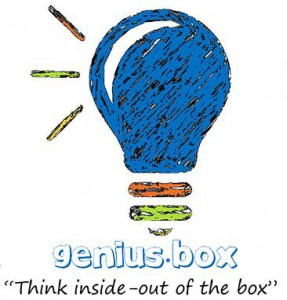
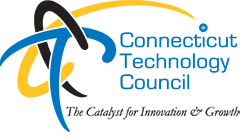

 She has become the fastest in the world to complete the "GWR Hasbro Puzzle,” assembling the unique and challenging jigsaw puzzle at a rapid rate of 18 pieces per minute, completing the puzzle in 13 minutes and seven seconds. Her time beat the previous record of 13 minutes and 14 seconds.
She has become the fastest in the world to complete the "GWR Hasbro Puzzle,” assembling the unique and challenging jigsaw puzzle at a rapid rate of 18 pieces per minute, completing the puzzle in 13 minutes and seven seconds. Her time beat the previous record of 13 minutes and 14 seconds.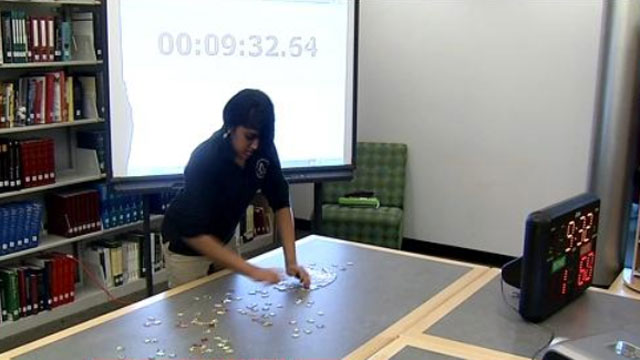 aw puzzle is an oval shape and has no guiding picture on the box. Most of the pieces are very similar in appearence.
aw puzzle is an oval shape and has no guiding picture on the box. Most of the pieces are very similar in appearence. es (often with state financial incentives) the report offers guidance of factors influencing the frequency of entrepreneurial launches. Connecticut Innovations, established and supported by state government, helps Connecticut businesses grow through creative financing and strategic assistance, and is the nation's sixth most-active early stage investor.
es (often with state financial incentives) the report offers guidance of factors influencing the frequency of entrepreneurial launches. Connecticut Innovations, established and supported by state government, helps Connecticut businesses grow through creative financing and strategic assistance, and is the nation's sixth most-active early stage investor.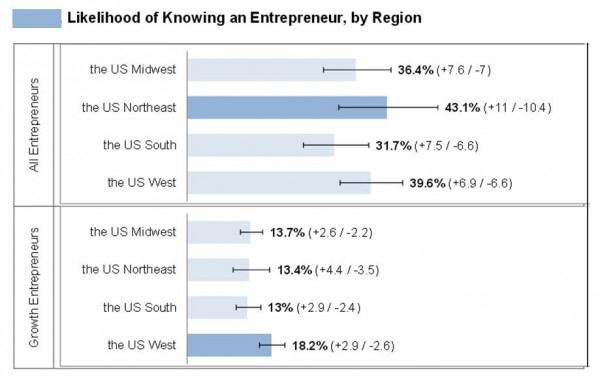 in the United States was 36.7 percent. The likelihood of knowing a growth entrepreneur was considerably lower, at 15.4 percent.
in the United States was 36.7 percent. The likelihood of knowing a growth entrepreneur was considerably lower, at 15.4 percent. he publication’s
he publication’s 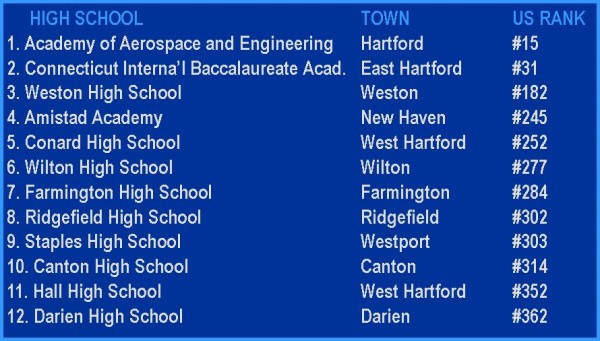 n High School, Fairfield Ludlowe High School, Avon High School, Lyme-Old Lyme High School, Brookfield High School, Fairfield Warde High School, Amity Regional High School (Woodbridge), Guilford High School, Glastonbury High School, Suffield High School, Litchfield High School, Metropolitan Learning Center (Bloomfield), and Bolton High School, all among the top 1,000 high schools nationally.
n High School, Fairfield Ludlowe High School, Avon High School, Lyme-Old Lyme High School, Brookfield High School, Fairfield Warde High School, Amity Regional High School (Woodbridge), Guilford High School, Glastonbury High School, Suffield High School, Litchfield High School, Metropolitan Learning Center (Bloomfield), and Bolton High School, all among the top 1,000 high schools nationally.
 performance (about 15 percent of schools). Three-quarters of the
performance (about 15 percent of schools). Three-quarters of the 


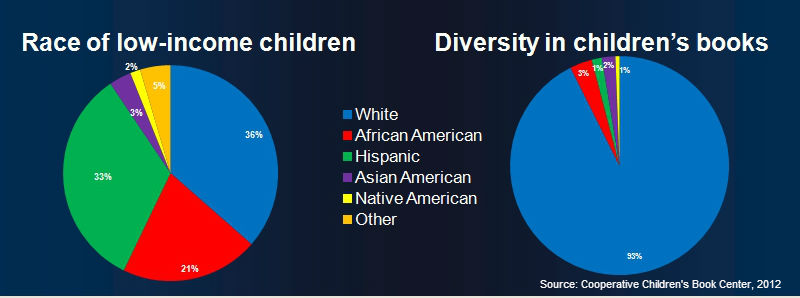
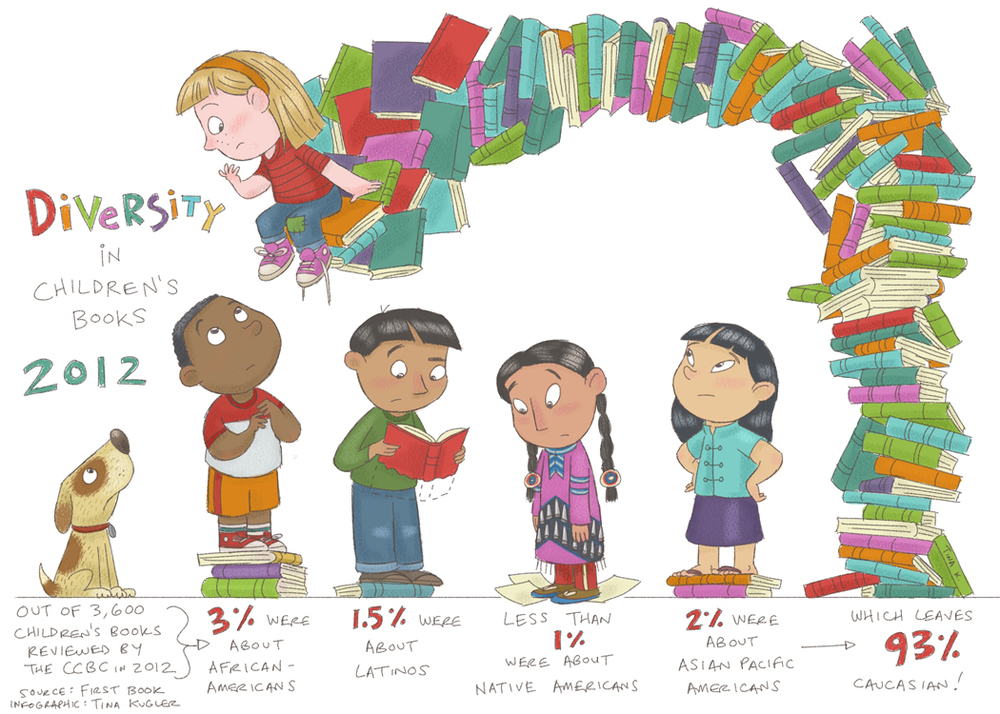

 in Connecticut libraries and why it is so important that they continue to support our institutions,” officials said.
in Connecticut libraries and why it is so important that they continue to support our institutions,” officials said.